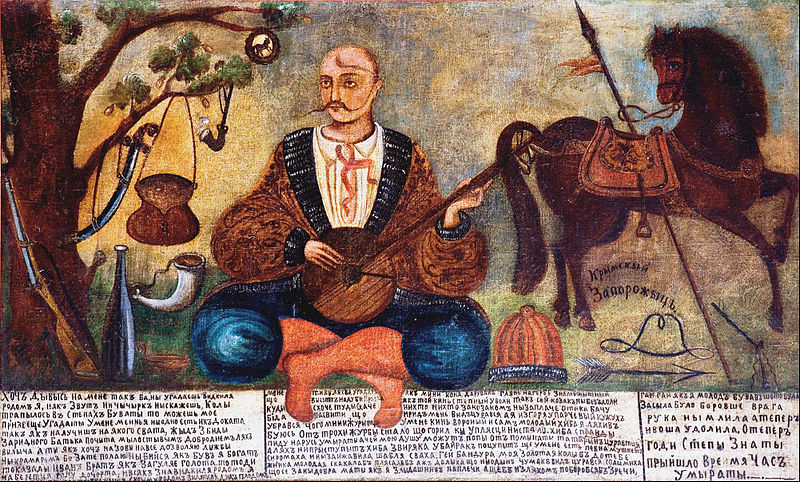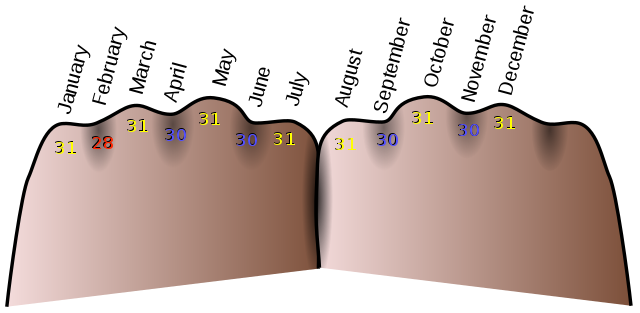At the sign of the Wool-sack, in Newgate Market, is to be seen a strange and wonderful thing, which is an elm board, being touched with a hot iron, doth express itself as if it were a man dying with groans, and trembling, to the great admiration of all the hearers. It hath been presented before the king and his nobles, and hath given great satisfaction.
— London handbill, 1682
One of the most curious and ingenious amusements ever offered to the publick ear was contrived in the year 1682, when an elm plank was exhibited to the King and the credulous of London, which, being touched by a hot iron, invariably produced a sound resembling deep groans.
This sensible, and very irritable board, received numbers of noble visitors; and other boards, sympathising with their afflicted brother, demonstrated how much affected they might be by similar means.
— James Peller Malcolm, Anecdotes of the Manners and Customs of London, 1810
In one of William Molyneux’s communications he mentions the exhibition of ‘the groaning-plank’ in Dublin, a curiosity that attracted much attention and many learned speculations about the years 1682 and 1683. He was, however, too much of a philosopher to be gulled with the rest of the people who witnessed this so-called ‘sensible elm-plank,’ which is said to have groaned and trembled on the application of a hot iron to one end of it. After explaining the probable cause of the noise and tremulousness by its form and condition, and by the sap being made to pass up through the pores or tubuli of the plank which was in some particular condition, he says: ‘But, Tom, the generality of mankind is lazy and unthoughtful, and will not trouble themselves to think of the reason of a thing: when they have a brief way of explaining anything that is strange by saying, “The devil’s in it,” what need they trouble their heads about pores, and matters, and motion, figure, and disposition, when the devil and a witch shall solve the phenomena of nature.’
— “Gallery of Illustrious Irishmen: Sir Thomas Molyneux,” Dublin University Magazine, September 1841







